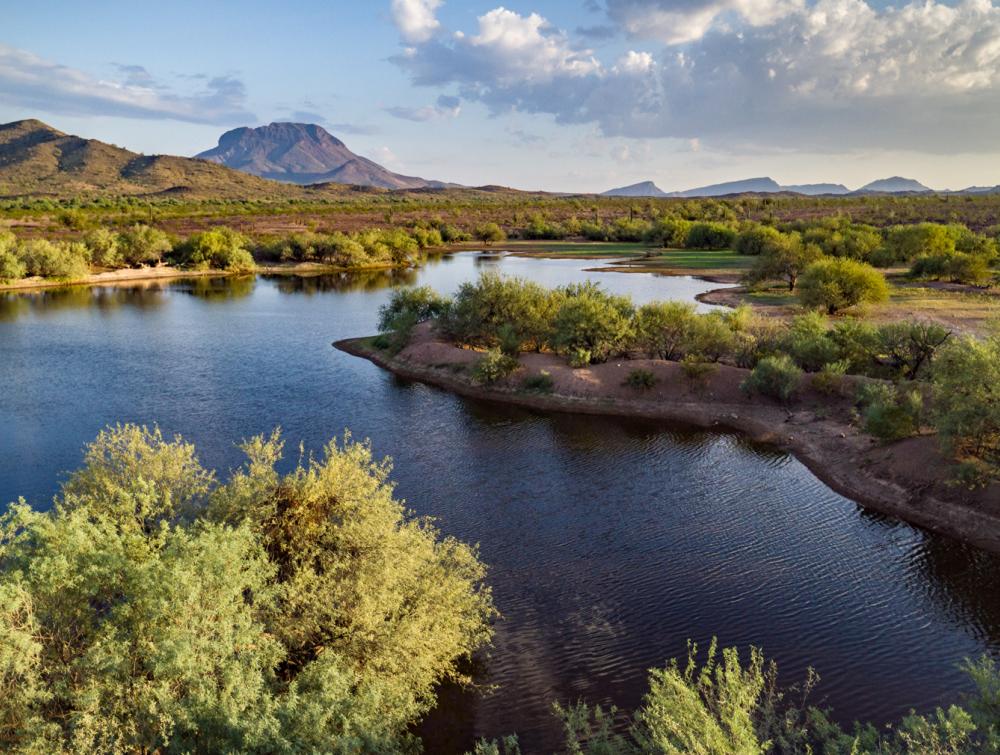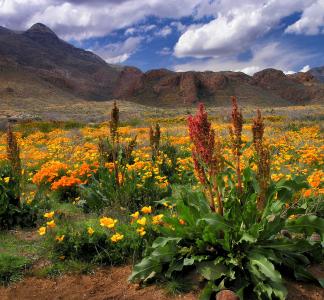Great Bend of the Gila would gain permanent protection under new bill

Great Bend of the Gila, AZ
Dawn Kish
13 Indigenous tribes have ties to Arizona landscape
Much of the Southwest’s history and heritage are exemplified in the Great Bend of the Gila region of Arizona, a river valley and surrounding land between Phoenix and Yuma. This volcanic landscape has been shaped by natural forces over millions of years and is part of the Sonoran Desert, which ranks first in biodiversity among all North American deserts.
But the Great Bend of the Gila has been threatened by sprawling development, vandalism and climate change, making efforts to conserve it all the more urgent.
The Great Bend of the Gila National Conservation Act would protect lands that are culturally and spiritually important to sovereign tribal nations and migration corridors for wildlife like bighorn sheep
On Aug. 16, Rep. Raúl Grijalva introduced a bill to protect this special place, recognizing the importance of the region’s cultural, historical and ancestral ties to the area for at least 13 federally recognized Indigenous tribes.
"Permanent protection of the irreplaceable natural and cultural values of the Great Bend of the Gila landscape will help safeguard these fragile lands and ensure that all can experience these places for generations,” said Mike Quigley, Arizona state director at The Wilderness Society, in a statement on the bill.

Great Bend of the Gila, AZ
Mason Cummings, TWS
The Great Bend of the Gila National Conservation Act would protect both lands that are culturally and spiritually important to sovereign tribal nations—including the sites of more than 10,000 petroglyphs—and critically important migration corridors for animals like bighorn sheep, Sonoran desert tortoise, mule deer, LeConte’s thrasher, javelina and the endangered Sonoran pronghorn.
The landscape also provides benefits to the local economy and generates tax revenue for local governments, and the bill would help to secure that. A study found that current operation and visitor spending associated with the Great Bend of the Gila landscape in Arizona’s Maricopa and Yuma Counties has a total economic impact of about $1 million per year, including direct and secondary impacts.
In addition to tribal support, The Wilderness Society, along with local communities, elected officials, businesses, archaeological preservationists and a coalition of conservation organizations, have been advocating for greater permanent protections for this region’s history, heritage, natural and geological values for decades.



